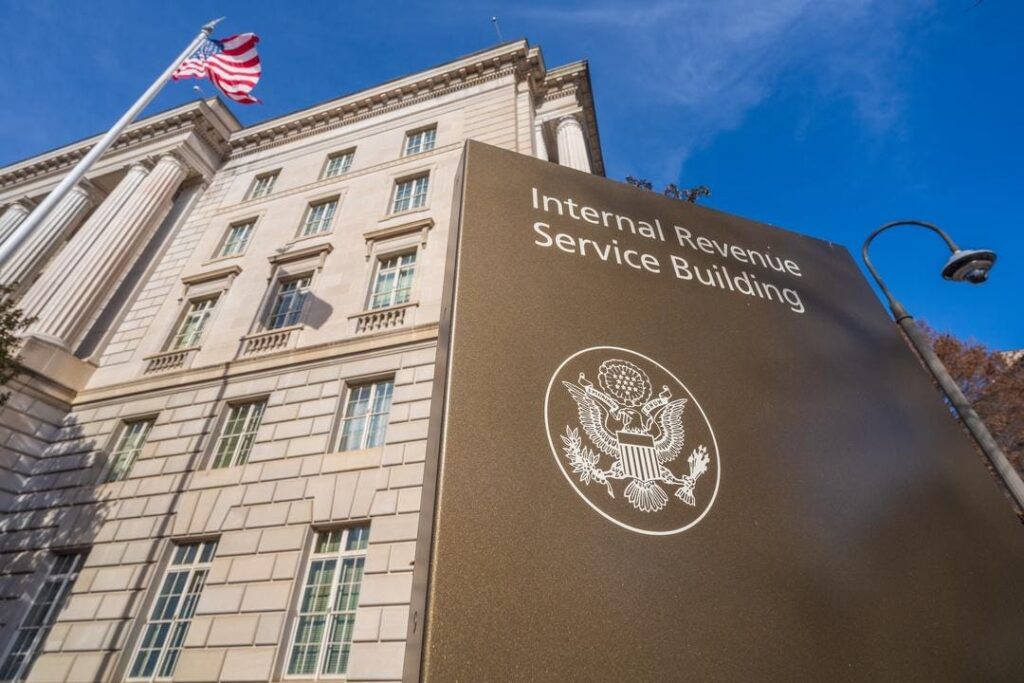Oops. It turns out that the Internal Revenue Service can’t operate without some of its employees, particularly during tax filing season.
On January 27, 2025, the day after the IRS began accepting individual tax returns for 2024, the Office of Personnel Management sent more than two million full-time federal workers an email offering them the option to resign from their positions but stay on the payroll through September 30, 2025 (the end of the fiscal year). Employees had until February 6th to accept the Deferred Resignation Program (DRP) offer.
There was originally some ambiguity over whether resigning workers would have to do any work for the next eight months. But Elon Musk’s Department of Government Efficiency, which was the driving force behind the offer, commented on X, “take the vacation you always wanted, or just watch movies and chill, while receiving your full government pay and benefits.” The OPM also said as much in FAQs about the offer.
The original DRP notice exempted “military personnel of the armed forces, employees of the U.S. Postal Service, those in positions related to immigration enforcement and national security,” as well as “those in any other positions specifically excluded by your employing agency.”
Today, a message to IRS employees from the IRS Human Capital Officer announced those in “specific, critical filing season positions” may not participate in the DRP.
The IRS confirmed that specific, critical filing season positions are now exempt from the DRP until May 15, 2025. It is unclear who exactly fits that criteria, but the memo notes that it includes those in Taxpayer Services, Information Technology, and the Taxpayer Advocate Service. (A call for comment to the Taxpayer Advocate Service was not immediately returned.)
In a nod to the idea that the exemption was an afterthought, those who have already accepted the offer and stopped working, but fall within the exception, were advised that they would be told when to return to work.
The original letter and subsequent OPM guidance said an employee’s decision to take deferred resignation was irrevocable. It is not clear whether IRS employees who tendered their resignations expecting eight months of pay for no work, and now will lose three and a half work-free months, can change their minds.
A request for comment made to the National Treasury Employees Union (NTEU), which represents IRS employees, was not immediately returned. But in a statement to Axios, Doreen Greenwald, the president of NTEU, said: “Not only is this a clear case of bait-and-switch — they were originally told they would be paid to not work through Sept. 30 — but it proves that the terms of OPM’s so-called offer are unreliable and cannot be trusted.”
As of this afternoon, about 40,000 employees across all civilian agencies—about 2% of the workforce—had accepted the DRP offer.
The DRP offer followed on the heels of an executive order from President Trump freezing hiring for most federal agencies. That order extended a temporary hiring freeze for most federal agencies—except for the IRS. Under the executive order, within 90 days, the Director of the Office of Management and Budget (OMB), in consultation with OPM and DOGE, must submit a plan to reduce the size of the government’s workforce. Once the plan is submitted, the freeze will expire for all agencies other than the IRS. With respect to the tax agency, the hiring freeze will remain in place until the Secretary of the Treasury, in consultation with OMB and DOGE, “determines that it is in the national interest to lift the freeze.”
Shortly after the order, job openings were removed from official websites and candidates with IRS job offers with a start date after February 8, 2025 (or an unconfirmed start date) learned that those job offers had been rescinded.
Trump subsequently suggested he might fire IRS employees—or send them to the border. “They hired, or tried to hire, 88,000 workers to go after you and we’re in the process of developing a plan to either terminate all of them, or maybe we’ll move them to the border,” he told a crowd at the Circa Resort & Casino in Las Vegas.
(What he’s referring to is misinformation that went viral in 2022 and 2023 about IRS funding in the Inflation Reduction Act. The extra money was intended to help the IRS hire 87,000 new workers—including customer service and IT workers—over the next decade. However, the statements were weaponized in the public arena, suggesting that the IRS was arming its entire workforce. Former chief Jim Lee said last year that this was “wildly inappropriate and dangerous.”)
The hiring freeze, combined with the DRP, raised questions about whether the IRS would be sufficiently staffed to make it through the tax filing season. Now, it seems, the answer was no.
Read the full article here

